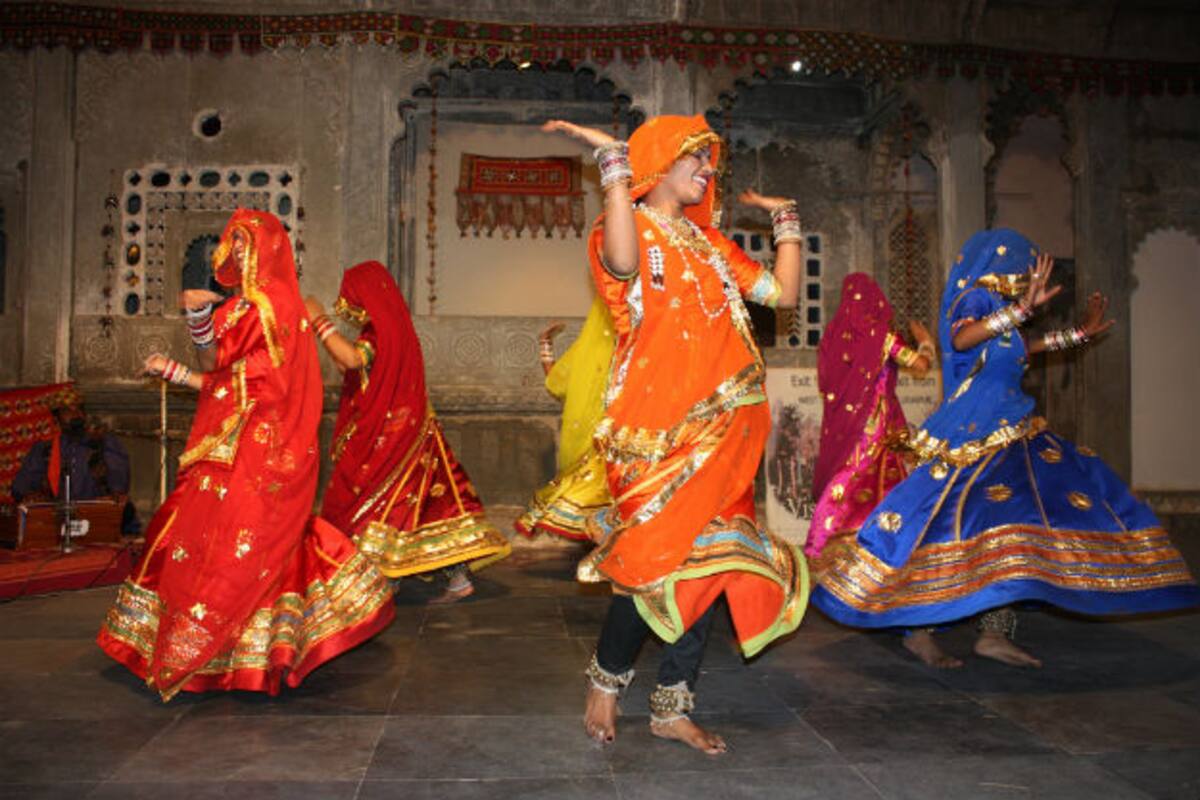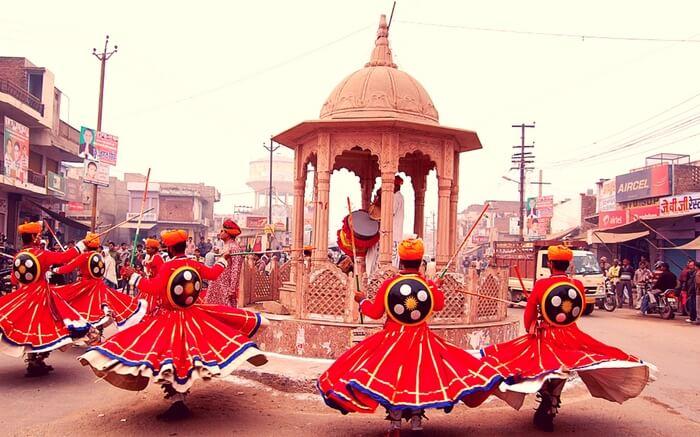Rajasthan Heritage Tour
Destinations Covered : Delhi-Mandwada-Bikaner-Jaisalmer-jodhpur-Jaipur-Agra-Delhi
Duration : 10 Nights & 11 Days
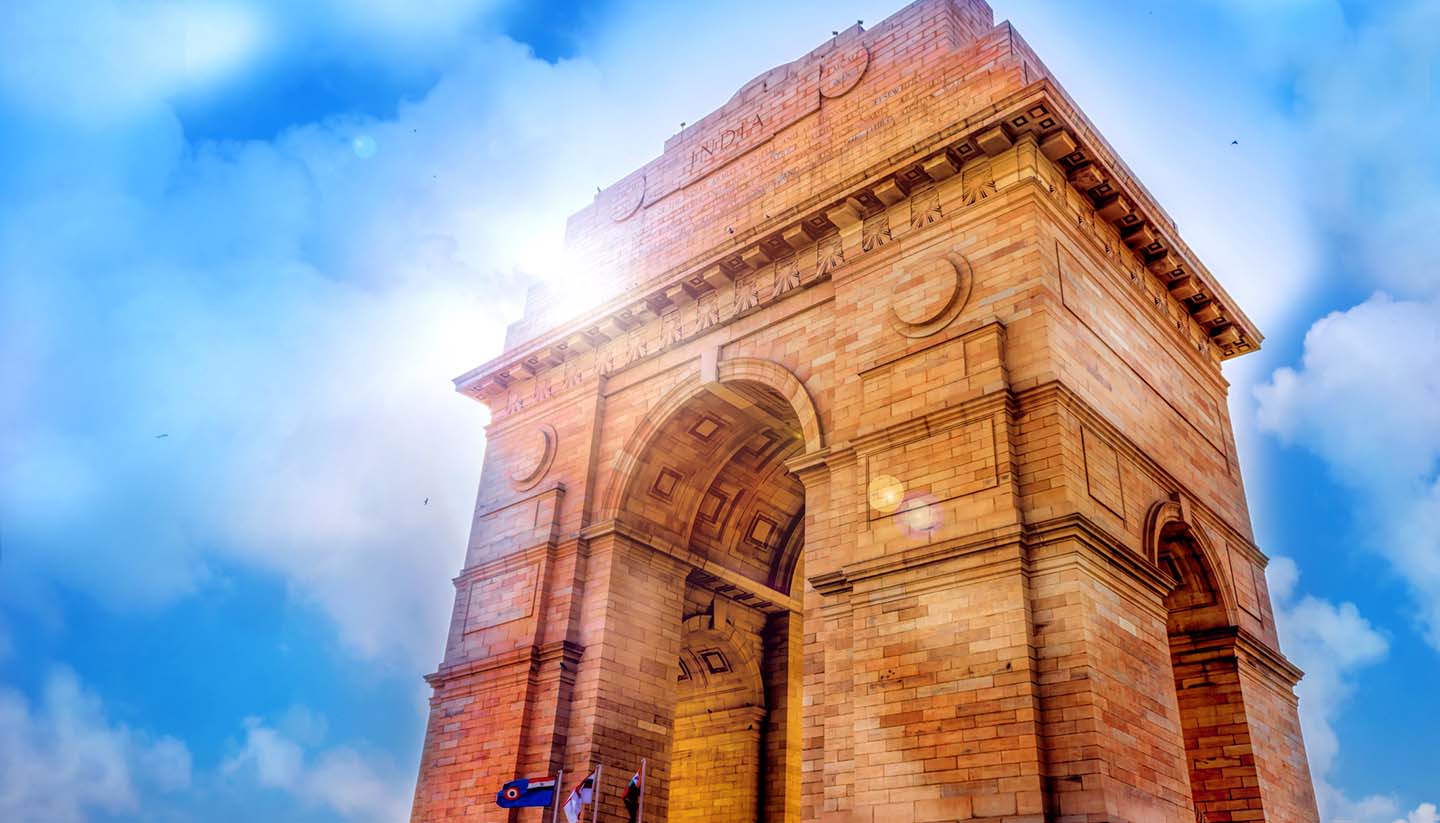
Arrive Delhi airport Meeting and assistance upon arrival and transfer from airport to hotel & overnight at the hotel.
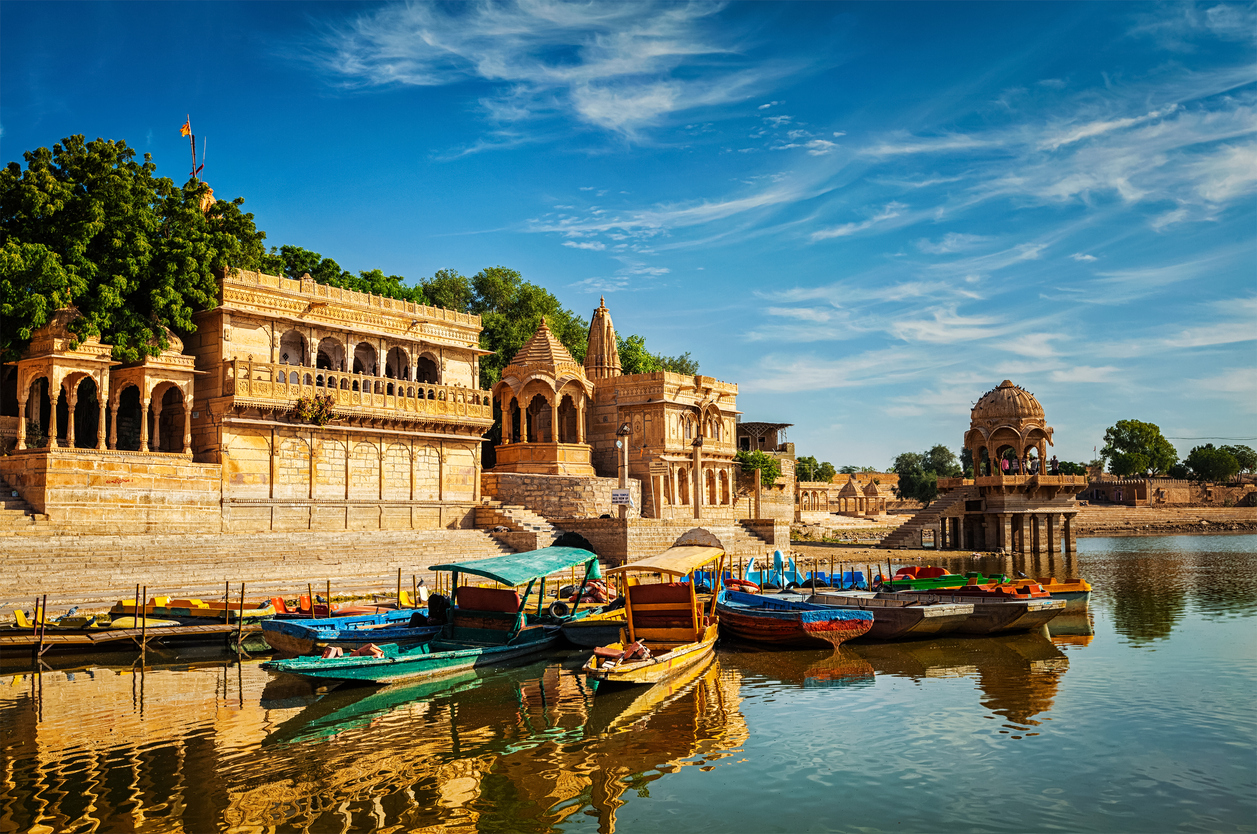
After a brunch at hotel Drive to Mandawa on the route/on the way visiting mukundgarh, Nawalgarh Sightseeing tour of the town Nawalgarh which lies in the heart of Shekhawati, a painted arched gateway adorned with lord Krishna and his cows no Capital Leeds to the bazaar. You can wander through the streets where mansions of rich merchants are adorned with elaborate frescoes Continue driving to Mandawa. On arrival check in at hotel. Overnight at the hotel.

After breakfast drive to Bikaner on arrival check in at hotel. Afternoon, city sightseeing tour of Bikaner, this desert town in the north of the state was founded in 1488 by Rao Bikaji, a descendant of the founder of Jodhpur, Jodhaji. Visit the Junagarh Fort constructed between 1588 and 1593 by Raja Jai Singh, a general in the Moghul Emperor Akbar's army. Also visit Camel Breeding farm (closed on Sundays) overnight at the hotel.
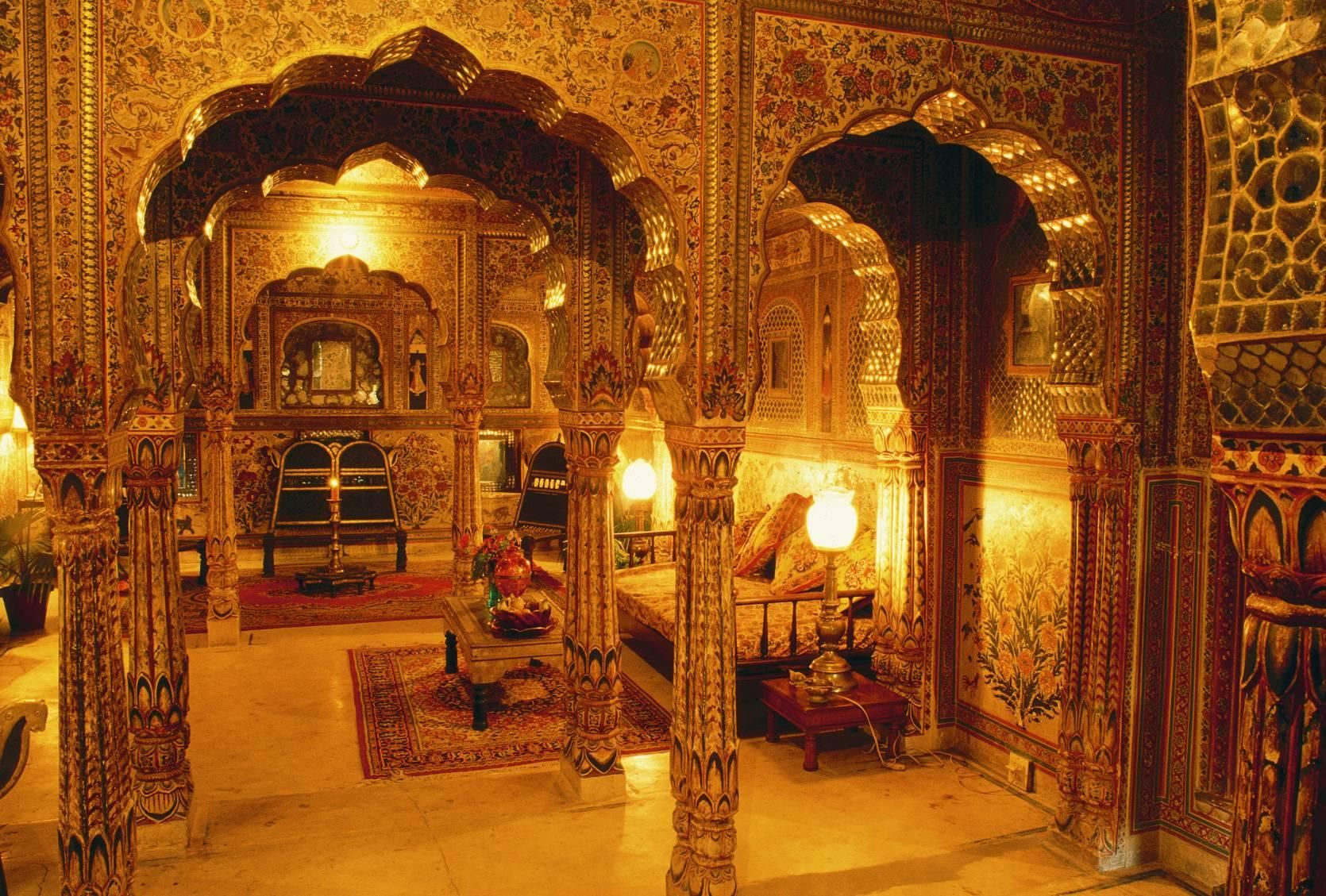
Early morning drive to Gajner, breakfast will be served here, Drive from Gajner to Jaisalmer. Lunch at Fort Pokhran on arrival check-in at hotel. Late in the evening witness the sunset at the Cenotaphs.

Morning, sightseeing tour of Jaisalmer. It is in the heart of the Great Indian Desert. Its temple, fort and palaces are all built of yellow stone. The city is a mass of intricately carved buildings, facades and elaborate balconies. See the Patwon-Ki-Havelies, Salim-Singh-Ki-Haveli and Gandhi Sagar Tank. Late afternoon visit the Sand Dunes and a camel ride to view the sunset, as the sky is set onfire and Rajasthani folk musicians play haunting tunes. It can be an unforgettable experience. Dinner at Hotel / nice city restaurant with the lit up Jaisalmer fortress. Overnight at the hotel.

After breakfast drive to Jodhpur, on arrival check-in at hotel. Afternoon: sightseeing tour of Jodhpur gateway to the desert beyond, home of the Rathores of Marwar. Visit the Fort, rising up a hilly scarp, built on the advice of a hermit, which overlooks the city in the image of a long sentinel. Inside the Fort are a number of palaces added by successive rulers overnight at the hotel.

Early breakfast at hotel, thereafter transfer to the railway station boding train fort Jaipur. Meeting and assistance upon arrival and transfer railway station to hotel. Afternoon tour of Jaipur, known as "The Pink City of Rajasthan". Visit the unique Jantar Mantar Observatory, which was built in the 1700's, still looks futuristic or almost surrealistic. Also visit the City Palace and its Museum, the Hawa Mahal or the Palace of Winds overnight at stay the hotel.

Morning excursion to Amber Fort. Make your ascent to the palace fortress on the gaily caparisoned elephant back. Tour the chambers and hallways of the palace which are famous for the excellence of their design and decoration. Afternoon, drive to Agra enroute visiting Fatehpur Sikri the deserted, red sandstone city that was built by Emperor Akbar as his capital and palace in the 16th century. Also visit the Bulund Darwaza the largest gateway in the world Continue your drive to Agra and upon arrival check-in at hotel overnight at the hotel.

Morning, sightseeing tour of Agra visiting Taj Mahal,Agra Fort lies on the bend of the River Yamuna, almost in the heart of the town. It was built by Akbar as his citadel over the years 1565-73 in the finest architectural style. It has imposing gates and walls of red sandstone and a moat. After lunch drive to Agra to Delhi on arrival check-in at hotel overnight at hotel.

Morning, sightseeing tour of Old Delhi visiting the Raj Ghat, the site where Mahatma Gandhi was cremated; Jama Masjid - the largest mosque in India; and the Red Fort - once the most opulent fort and palace of the Moghul Empire. Afternoon sightseeing tour of New Delhi visiting the Humayun's Tomb, the Qutub Minar Drive along the ceremonial avenue - Rajpath, past the imposing India Gate, Parliament House and the President's Residence and end the tour with a drive through Diplomatic Enclave. Late evening transfer to airport.

Leave Delhi. Connecting flight on your destination
HOTELS IN YOUR TOUR OR SIMILER
| City | Hotel 3* | Hotel 4* | Hotel 5* |
|---|---|---|---|
| Delhi | Metro City | Connaught | The Lalit |
| Agra | Amar Hotel | Haward Park Plaza | Jaypee Palace |
| Jaipur | Maharani Palace | Mansingh Palace | Jal Mahal Palace/Ramada |
| Mandawa | Mandawa Haveli | Mandawa Desert | Mandawa Cashal |
| Bikaner | Harasar Haveli | Laxmi Niwash Palace | Hotel Lal Garh |
| Jaisalmer | Impernperial | Gorbandh Palace | Hotel Rawal Kot |
| Jodhpur | Devi Bhwan | Ajit Bhwan | The Hari Mahal |








